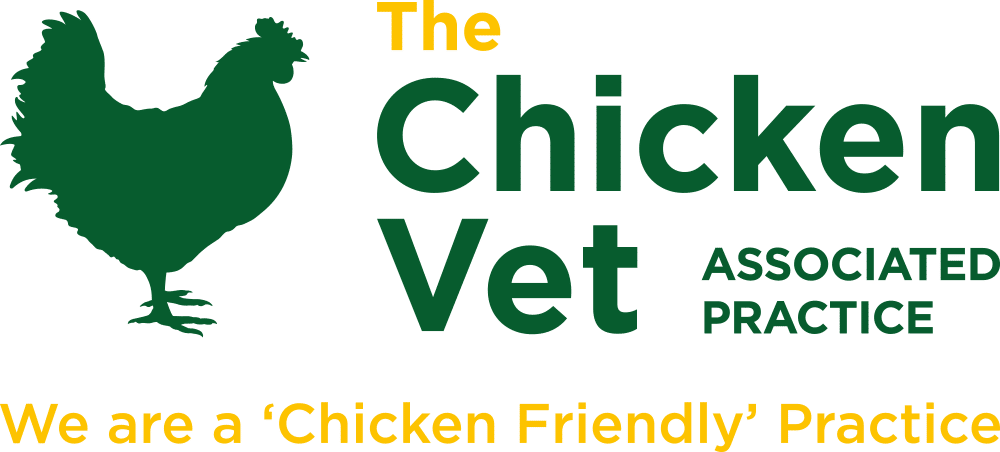One of the main problems we see over the summer in cattle at grass is lameness. Most commonly this is due to an infection caused by bacteria that live in the soil – commonly known as foul in the foot.
Foul can be treated very effectively with antibiotics, but it is also important to check that there is no underlying cause that would result in the lameness recurring. Commonly, these could include stones or other foreign bodies between the claws, or cuts caused by sharp objects such as loose wire.
Other risk factors for foul developing are poached or muddy areas, open swards with bare soil and flinty ground. Where these are unavoidable, ensure you are keeping a close eye on cattle as the sooner you detect and treat lameness the quicker it is likely to heal.
If you are struggling to get to treating lame cattle because of needing to run them in, we can help! All our vets carry Masterject dosing systems (pole syringes), which means we can often treat lame cattle directly out in the field.
For more complicated cases we can sedate animals to allow us to get a closer look at the problem. This can often be a much more cost and time effective way to treat lame cattle than running a whole group in, and if done promptly then recovery times will be quicker too!




